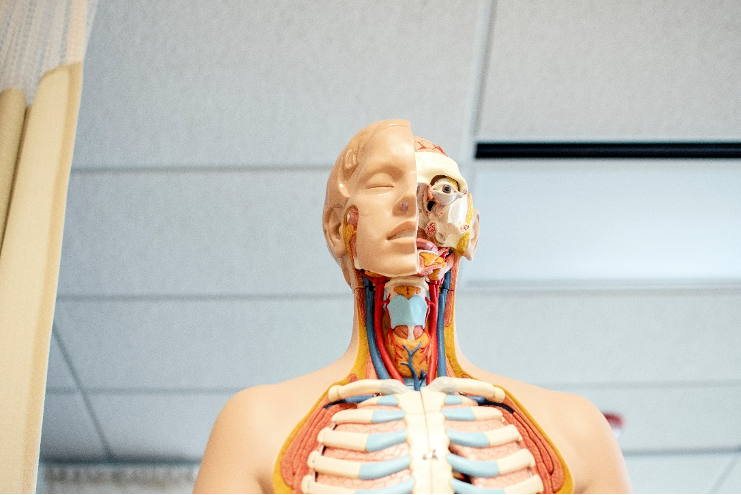Why properly teaching scientific models in school can be hard?
Sep 29, 2021, George Angelakis

Models play an important role in the scientific communication. According to Van Driel and Verloop (1999), individuals can use mental models, which are representations of a physical phenomenon. When a mental model is expressed by an individual through speech or writing, the model becomes available for discussion and interpretation by others. When the there is no easy correspondence between the models and the existing data, scientists are often convinced that the model needs to be revised. This recognition may prompt some to invent those entities or processes that did not exist in previous models or to propose new situations for the 'old' entities. The structure of the model is revised to the point where it has once again an explanatory power and fits reasonably well with the empirical world as accepted by the scientific community. Hence the individual realities of the model and the relationships that combine them may be changed to fit with the internal and external consistency of this process. Internal problems are often resolved by scientists during the research process and are therefore not so often evident in the literature. In the same way, the structure as well as the conceptual meaning of the model can change. If the revised model, although similar to its predecessor, replaces the old one, the latter will be considered obsolete. It is now a 'historical model to be used only for routine research and to lie in the graveyard of 'general' science, as well as in the school and sometimes university curriculum.
A key point to be understood is the recognition of the fundamental difference attributed to model between a student and an expert who understand that models are nothing more than human constructs that attempt to represent how nature works. An expert is able to understand the real utility of a model and its true dimensions, i.e. as a tool for understanding the world. Most models, therefore, are 'imperfect' or 'flawed' and therefore contain limitations that have been put in place either to ease the transmission of knowledge or due to lack of concrete observations of that model. Thence there are differences between the way in which the expert treats the models and the way the student treats them.
Often, learners learn the model per se rather than the concept the model is trying to depict. Students may not be able to distinguish between the boundaries between the model and the reality. Moreover sometimes students, through their own non-scientific prism discern false or non-existent characteristics of the model that due to their nature cannot be shared with others. Nevertheless it is interesting that when a series of models is given to students that overlap one another in the information provided, students often continue to make use of the less complex ones even if that means lacking critical information. Some students are unable to apply the model in different contexts and sometimes confuse the models: for example, they have the impression that heat causes the molecules to expand.

Often, the difficulty in grasping the concept of the model comes from the teacher. In a study carried out in South African schools among biology teachers, it appeared that many of them identified the concept of a model as a miniaturized or enlarged version of reality (Smit and Finegold, 1995). This seems to be the case due to the familiarity of biology teachers with only the available substitute models of the human body, animals or plants which honestly are the only available option for biology classes.
And since biology teachers cannot really use actual human bodies in their classes to demonstrate the corresponding models, new ways need to be invented, that go beyond simple model making and substitution, for teachers to accurately transmit the knowledge that models used to.
About our blog
Daily articles related to synthetic biology by our great team of iGEM Crete.